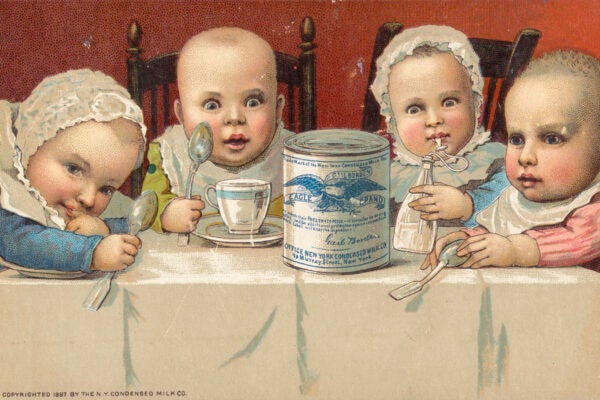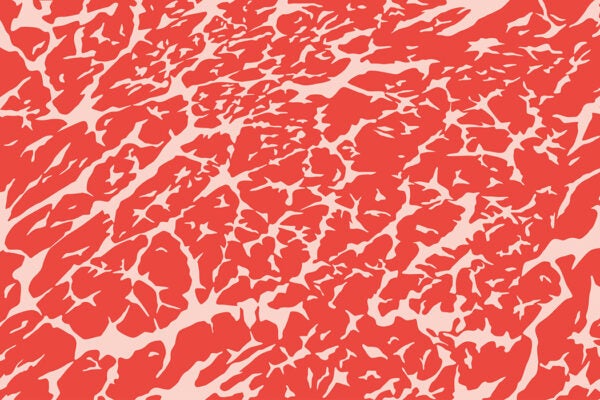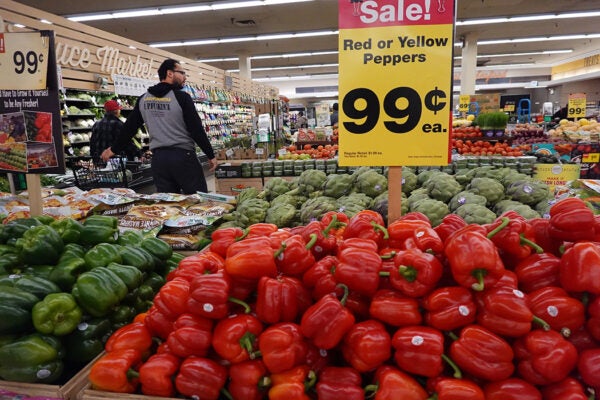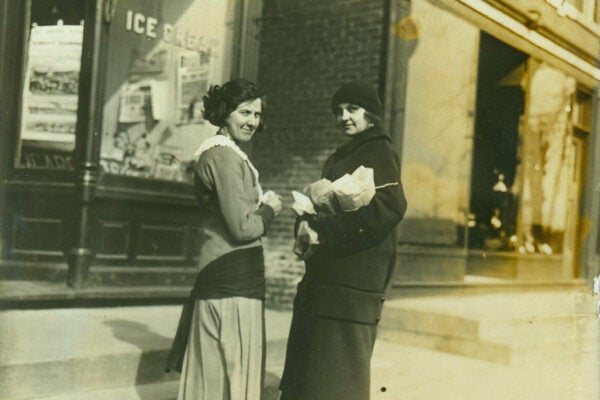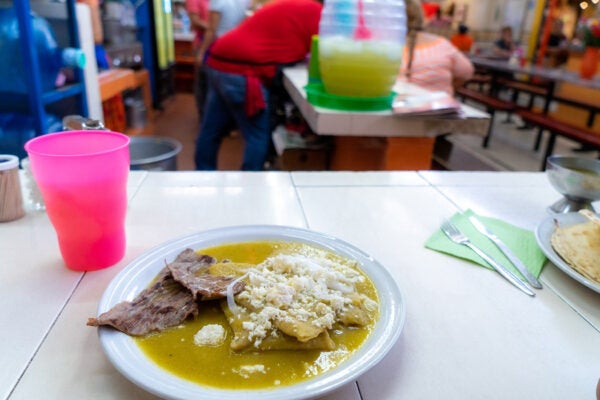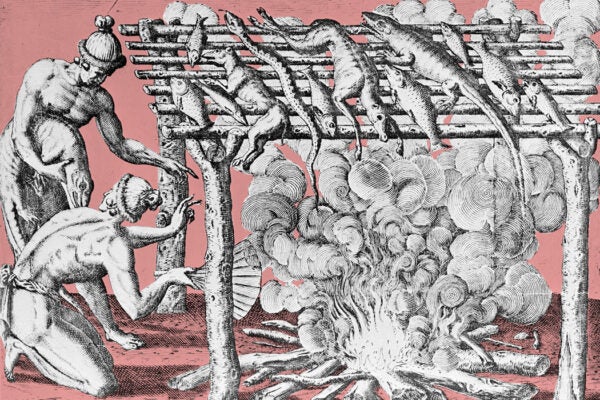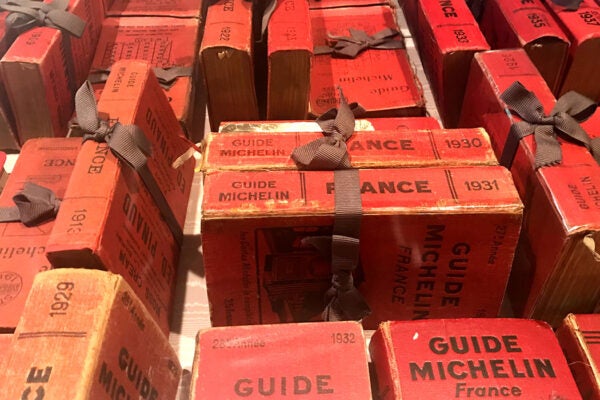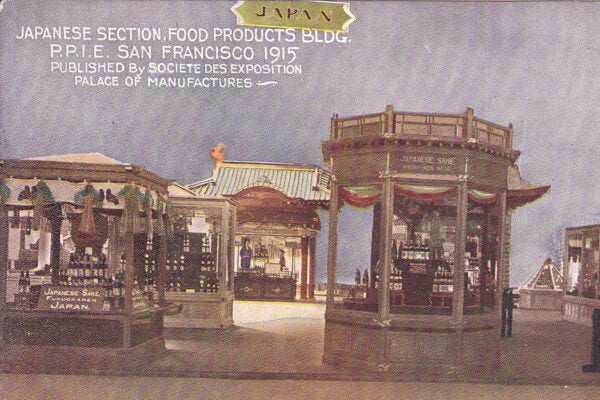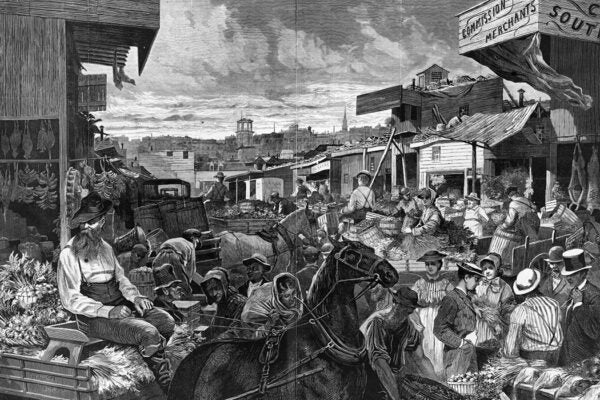The Sweet Story of Condensed Milk
This nineteenth-century industrial product became a military staple and a critical part of local food culture around the world.
Why Eat Like a Caveman?
To people who follow the Paleo plan, it can mean anything from embracing meat-eating as a feminist choice to seeking a balanced life with room for leisure.
The Price of Plenty: Should Food Be Cheap?
The supermarket revolution made food more affordable and accessible than ever. But do the hidden costs of food feed into our illusions of justice and progress?
Vanillagate? Ice Cream Parlors and White Slavery
At the beginning of the twentieth century, there was no more dangerous place for a young white woman than the ice cream parlor.
Yelp and the Quest for Authentic Cuisines
How do affluent urban diners judge the “authenticity” of an eatery? By relying on certain stereotypes, if their Yelp reviews are anything to go by.
Spanish Colonists were Desperate for European Food
Spanish colonists in the Americas were terrified that their essential humors would change if they ate local food.
Wheely Good Reviews: How Michelin Forms Foodie Ideology
The French Michelin guide is an authoritative voice in the world of fine dining, but when it arrived on the American food scene, it was met with a chilly reception.
Sanitizing Foreign Food at the World’s Fair
At the 1915 San Francisco Panama-Pacific International Exposition, “food purity” was shorthand for food manufactured without the help of a racially diverse labor force.
The Irish Fasting Tradition
Particularly before the Second Vatican Council (a.k.a. Vatican II), fasting was part of the Catholic calendar. No one took it more seriously than the Irish.
Feeding a City the Municipal Way
Between 1790 and 1860, New York City’s food markets were public, sustained by active government involvement. What happened?
